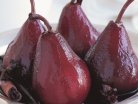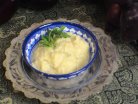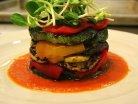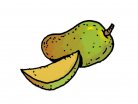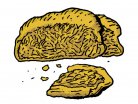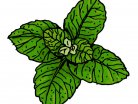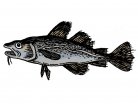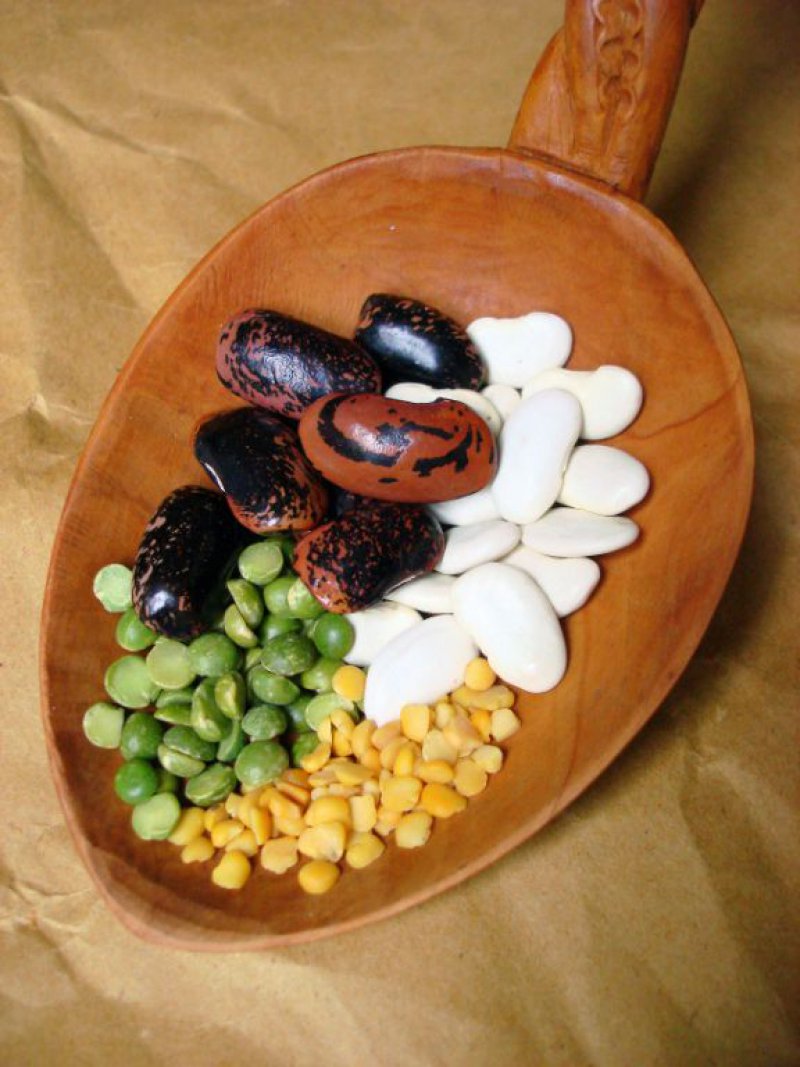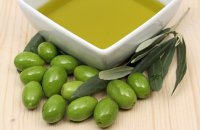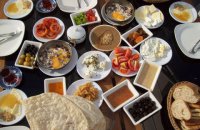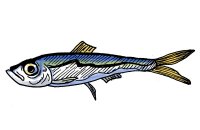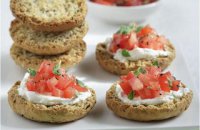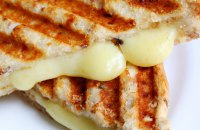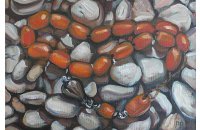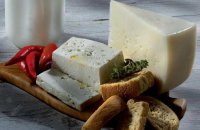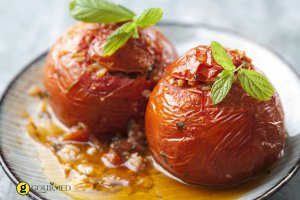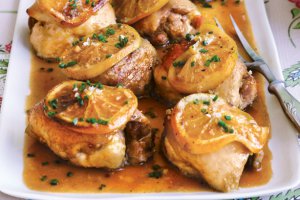In Greece, most fava is made from yellow split peas. It is a beautiful, marigold-coloured puree that has captured chefs’ hearts, and it has become a blank canvas for all sorts of unusual additions.
In traditional Greek cuisine there are favas made from other pulses as well, such as dried broad beans (koukofava), white beans, and giant beans. Koukofava is a favourite in Crete and in certain islands of the eastern Aegean. It is often cooked together with a little potato, which lends smoothness to the final texture, and it is usually served with salty accompaniments, such as salted sardines or olive. White bean purees are often prepared simply, with garlic.
As for the yellow split pea, it is one of the humblest ingredients in the Greek kitchen Historically,it was the food of sustenance on the poorest Greek islands, especially the Cycladic islands, where it is still something of a national dish. Santorini, in particular, is renowned for the quality of its fava. Perhaps because of its attractive colour, its neutral but earthy flavour, and its velvety texture, this poor man’s food has become for Athenian chefs what polenta became for upscale Italian and Portuguese restaurants: a gourmet food with infinite possibilities, despite its peasant roots.
On recent outings in Athens, I’ve encountered it served with caramelized onions and mint-flavored olive oil, with arugula and sun-dried tomatoes, with grilled octopus and truffle oil, and with stewed eggplant, among other things. I’ve seen the puree turned into a pancake and served up with sautéed fish, even with smoked cod fillets. It worked deliciously with all those garnishes, but can be enhanced with something as simple as arugula, a little pungent goat’s cheese and some good, Greek extra-virgin olive oil.
Fava, a Blank Canvas
In Greek cuisine, fava is a split pea puree, and is in no way related to what Americans and Italians call the 'fava' bean, otherwise known as the broad bean.
Country:
Category:
Related Articles
Most Popular recipes
































